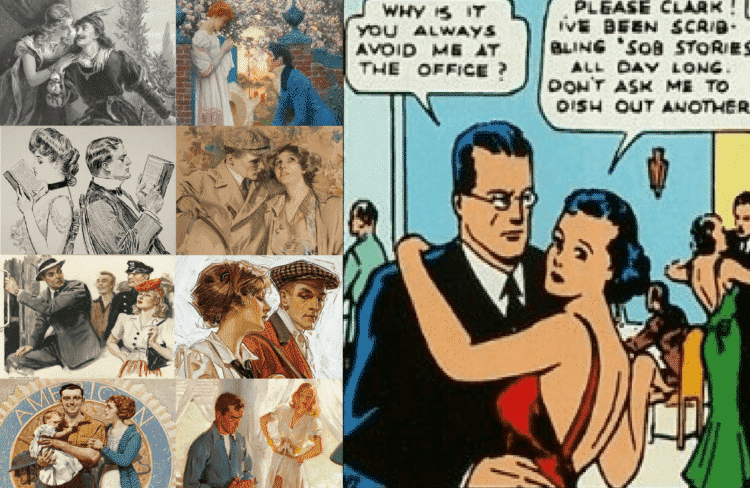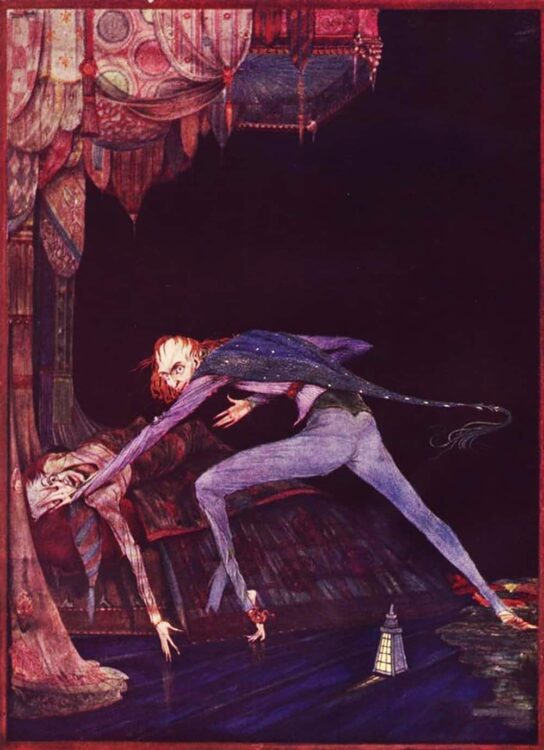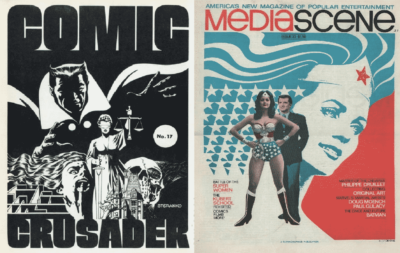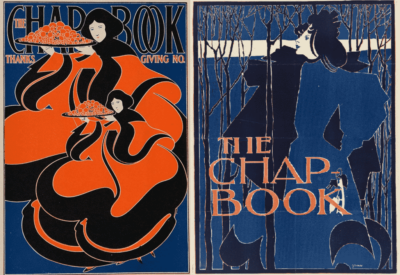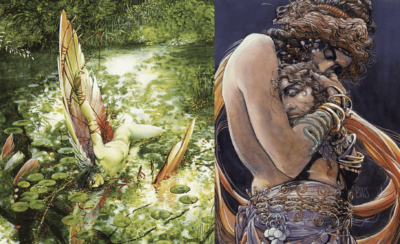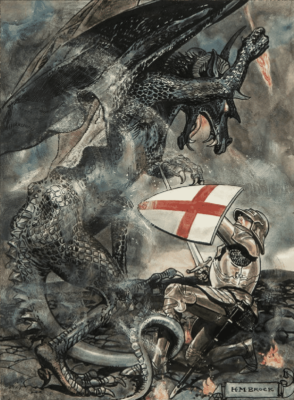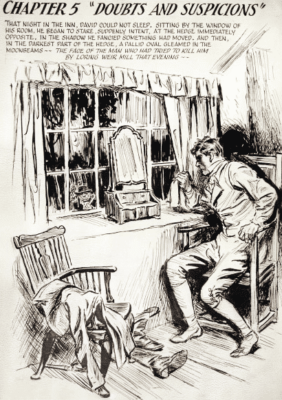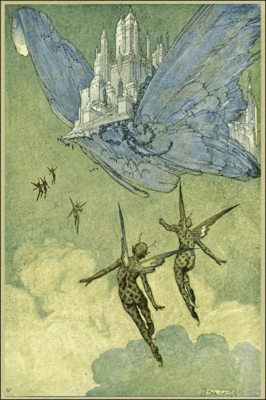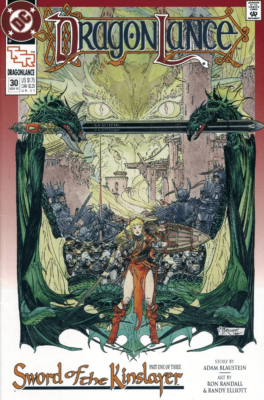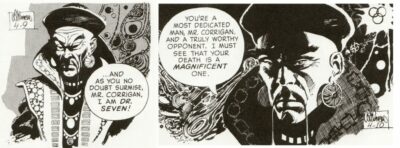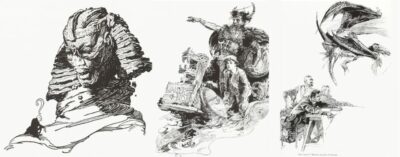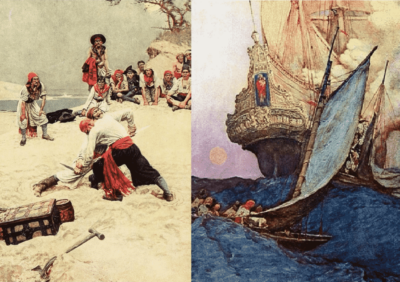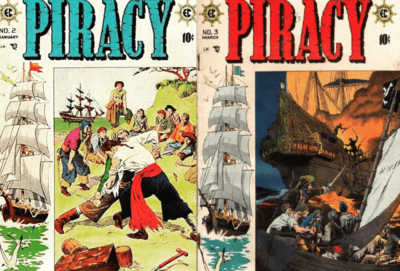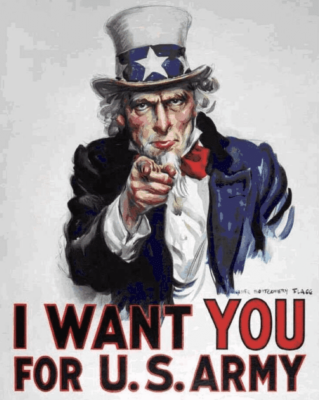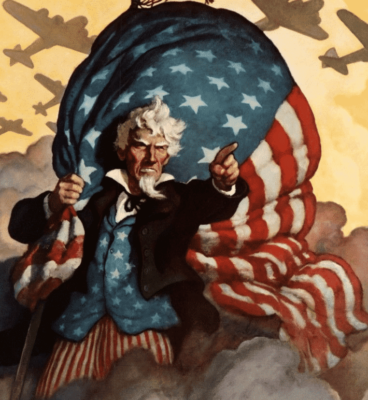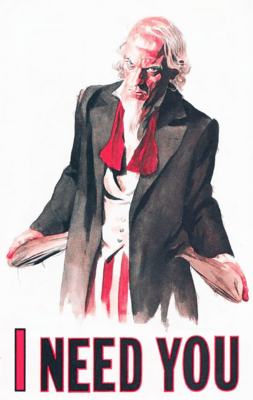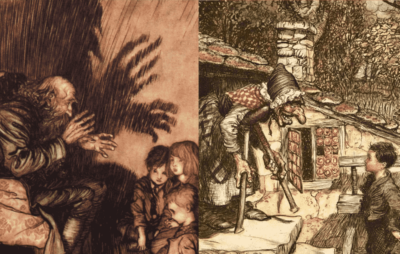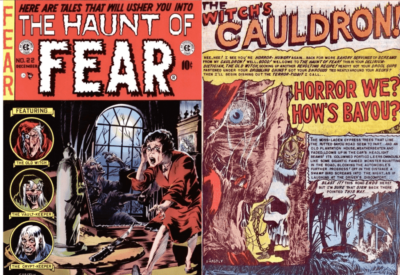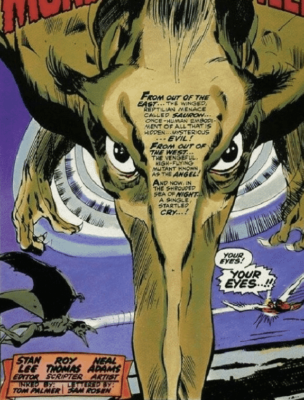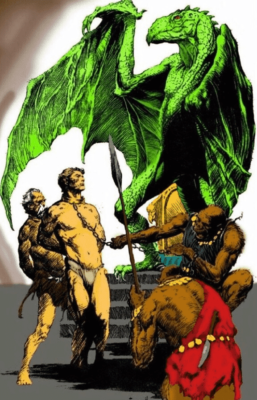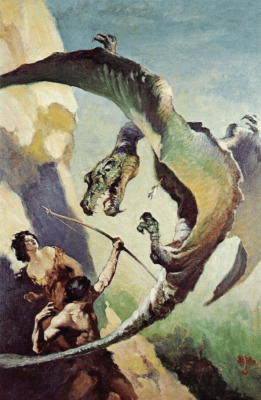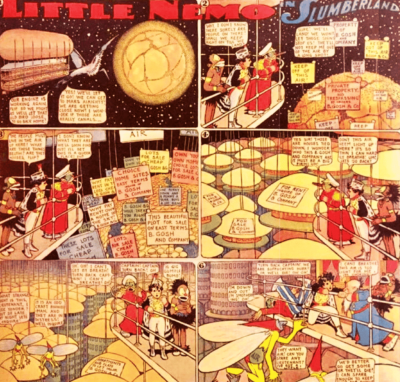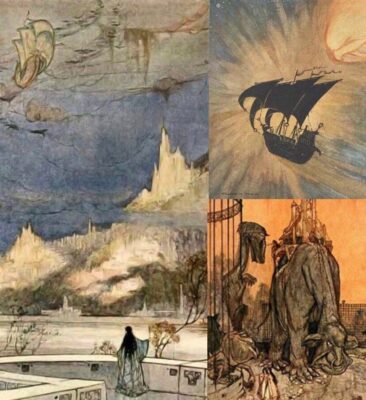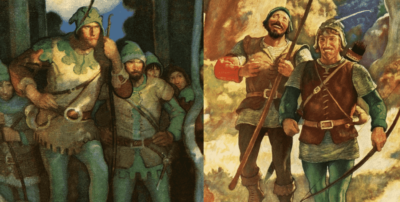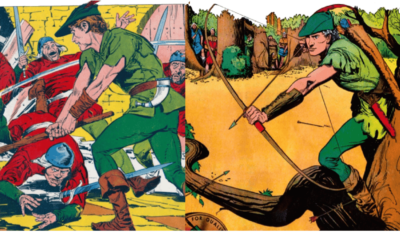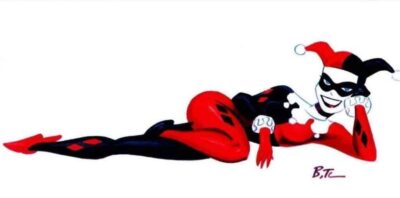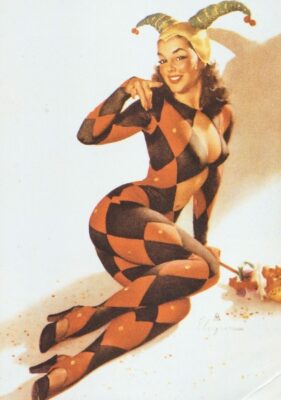Early 20th Century Classic Illustrators’ Intersection with Comic Books through the Ages by Alex Grand
Read Alex Grand’s Understanding Superhero Comic Books published by McFarland Books in 2023 with Foreword by Jim Steranko with editorial reviews by comic book professionals, Jim Shooter, Tom Palmer, Tom DeFalco, Danny Fingeroth, Alex Segura, Carl Potts, Guy Dorian Sr. and more.
In the meantime enjoy the show:
As we’ve focused on the influences of Pulps, Golden Age movies, and Newspaper strips on comic books, there should always be some attention put on a similar type of influence from the American Illustrators. In the 1800’s we have what some argue as the first American illustrator to go against the English school was Felix Octavius Carr Darley who illustrated classic stories, then after him is Howard Pyle would continue the trend toward the end of the 19th century. Charles Dana Gibson would put the commercial world on fire with his Gibson girl in the 1890s which represented the look of the classic It girl accompanied by the guy. Howard Chandler Christy would do the same in 1912 with his Modern-Day Couple, and James Montgomery Flagg who made the classic Uncle Sam poster would do something similar. JC Leyendecker did the same with his sense of design to demonstrate an American classic fashionable couple, which Normal Rockwell painted as well consumating in a child. Although Gil Elvgren was a classic pin up girl artist, he painted a similar type of couple at one point. This aesthetic of the classic American couple, both heroic and beautiful was instilled into stories in the Golden Age of Comic Books like this piece from 1938 Joe Shuster Action Comics depicting Clark Kent and Lois Lane.
Turn of the century urban development occurred as more people moved from rural locations to consolidated city economies. This occurs as more newspaper and magazine publications start to emerge with cheaper access to printing machinery, and that amps up the opportunities for commercial art. Money and culture collects in cities and then some women of the decade dress up in local fashions. Artists depict that fashion and idealized beauty in magazines, newspaper strips, and later comic books. One example shown here is the 1890s Gibson Girl by Charles Dana Gibson showing what the hip and hot urban female looked and dressed like.
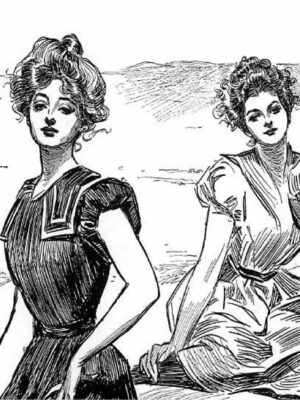
The 1920s “It girl” concept as shown in the New York Journal’s Sunny Sue page by Nell Brinkley showcasing the then-modern “Brinkley Girl” is the same concept in comic form.
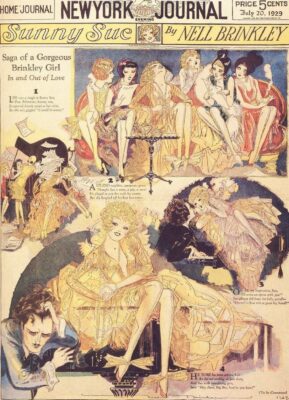
Aubrey Beardsley (1872-1898) was a British illustrator who had an excellent knack for art that would drift into the grotesque. He died at 25 years old of tuberculosis.

Steve Ditko, coincidentally also stricken with tuberculosis, in the 1950s and 1960s had some artistic drift toward the grotesque which added something special visually and sequentially and made his Spider-Man very appealing.
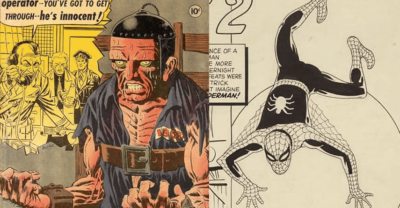
Similarly, Harry Clarke, an Irish Illustrator also had tuberculosis and is considered the definitive illustrator of Edgar Allan Poe’s grotesque storytelling in 1919.
Jim Steranko is a designer, publisher, illustrator and typographer and that showed in his comic and magazine work from the 1960s and on.
Before him in the same fashion, one of the great American Illustrators, Will H. Bradley excelled at all 4 as well, pioneering in much the same fashion in the 1890s and very early 1900s.
Both men’s designs revolutionized the media they worked in, and most importantly presented sleek and smooth work that registered with customers to buy books. They artistically knew what sold in the commercial world.
Pre-Raphaelite’s were a group of 19th century artists who emulated Italian artists that predated 1500s Raphael. They generally depicted the art of medieval subjects. Robert Anning Bell was a British Illustrator who was influenced from this tradition with his work in the 1890s and early 1900s.
Barry Windsor-Smith also carried that tradition in his art with various examples from the 1970s, 1980s and on.
H.M Brock was an early 1900s British Illustrator who eventually went into comic books in the 1930s when work dried up. 1908 he made St George and the Dragon
and in 1937, he drew for the British comic, Sparkler.
Franklin Booth was an American Illustrator and ink artist who worked in the late 1890s and early 1900s with a classical approach that could depict both the mundane and the otherworldly. Here is an example with his 1913, Flying Islands of the Night
which depicts a style similar to this 1991 cover to Dragon Lance by Michael Wm Kaluta.
There is also this famous piece of 1915 illustration of Fu Manchu by the celebrated Joseph Clement Coll in Sax Rohmer’s “The Silver Buddha.”
1971 Secret Agent Corrigan strip by Al Williamson and Archie Goodwin. Meet Dr. Seven, another in a long line of nefarious moustached eastern born villains including Fu Manchu, Ming the Merciless, the Claw, and the Yellow Claw.
Al Williamson wrote an introduction to a book on Coll, crediting Coll as one of his illustration influences. We can only speculate what further works of Illustrative Fantasy that Joseph Clement Coll would have produced had he not died from complications of an appendicitis surgery in 1921. From 1900 to 1920 were various works that give us some visual fuel for speculation like 1908 Riddle of the 4th dimension, Wanderlust in 1909 and Sir Arthur Conan Doyle’s 1912 The Lost World.
Howard Pyle’s Pirates 1908
was an influence on a young Reed Crandall who penciled a Pirate comic called Piracy for EC Comics in 1955.
James Montgomery Flagg produced the memorable Uncle Sam Poster in 1917 which was classic and unforgettable showing the twentieth century that Americans are serious about the world stage.
NC Wyeth produced his War Bonds Art in 1943 shortly before his death toward the end of World War 2.
As the 20th century was coming to a close, Alex Ross illustrated Uncle Sam for DC Vertigo in 1997 and again like the other illustrators, pushes the viewer to consider Uncle Sam seriously, but in a different sort of light.
Arthur Rackham was a British Illustrator who is credited as The Master of the Fairy Tale in the early 1900s. He used a long and winding line to introduce the ghastly into a children’s story. He was one of the few illustrators that was busy all the way past WW1 due to his immense popularity with merging a kids fantasy world with an adult sense of grisly detail.
Whether he was a a direct influence on Graham Ingels, almost doesn’t matter because the two seem to travel into the same artistic creative vein with similar visual qualities to appreciate and enjoy.
In 1969, Roy Thomas and Neal Adams had an X-Men Ka-Zar and the Savage Land story that introduced Sauron, the pterodactyl mind hypnotizing mutant who mesmerized people seductively to get what he wanted.
This is likely a reference to or inspired from the Mahar species from At the Earth’s Core by Edgar Rice Burroughs in 1914 of a hypnotic pterodactyloid race that has been depicted by artists like Frank Frazetta,
and classic illustrator, J Allen St John. J.Allen St. John depicted the Thipdar, pterodactyl bodyguards of the Mahar in 1922.
Not every case does the Illustrator precede the comic. HG Wells wrote his Martian Science Fiction earth invasion story, War of the Worlds in 1898. This story did help in making the word “Martian” mainstream enough to inspire Winsor McCay to create a very early comic Martian Sci-Fi strip in 1910.
Little Nemo and friends travel with King Morpheus’ air ship to Mars and encounter green Martians. In 1923, William Timlin illustrated The Ship That Sailed to Mars using similar imagery.
NC Wyeth was a classic illustrator who was trained under Howard Pyle, and his images shaped the 20th century visual impression of various characters like Robin Hood in 1917.
Robin Hood was presented in various media including comic books of the 1950s like Ray Willner and Reed Crandall’s run of the character for the Buster Brown Shoe Company depicting the hero in his classic green costumed Wyeth style.
Harley Quinn’s First comic book appearance was in The Batman Adventures 12, 1993 and her archetypal harlequin jester costume on a pretty female combined crazy and beautiful into one successful character.
Gil Elvgren made a similar illustration called Life of the Party in 1952 with the same type of harlequin feminine jester costume.
That was a fun journey through the illustrators, and how certain pen, ink and painting aesthetics were either likely admired by later comic book artists, or they traveled within the same creative vein and producing art works that resonate with both comic book artists and comic book fans in general. Cheers.
Images ©Their Respective Copyright holders, Amazing Fantasy ©Marvel, Batman Adventures ©DC Comics, Uncle Sam ©DC Comics, Piracy ©Gaines, Secret Agent Corrigan ©King Feature Syndicate, DragonLance ©DC Comics, BWS artwork ©BWS, Steranko artwork ©Steranko, Action Comics ©DC Comics, X-Men ©Marvel, Robin Hood ©1956 Buster Brown Shoes, Nemo ©King Features Syndicates, Haunt of Fear ©Gaines, ERB work ©ERB
Join us for more discussion at our Facebook group
check out our CBH documentary videos on our CBH Youtube Channel
get some historic comic book shirts, pillows, etc at CBH Merchandise
check out our Comic Book Historians Podcast available on Apple Podcasts, Google PlayerFM and Stitcher.
Use of images are not intended to infringe on copyright, but merely used for academic purpose.









